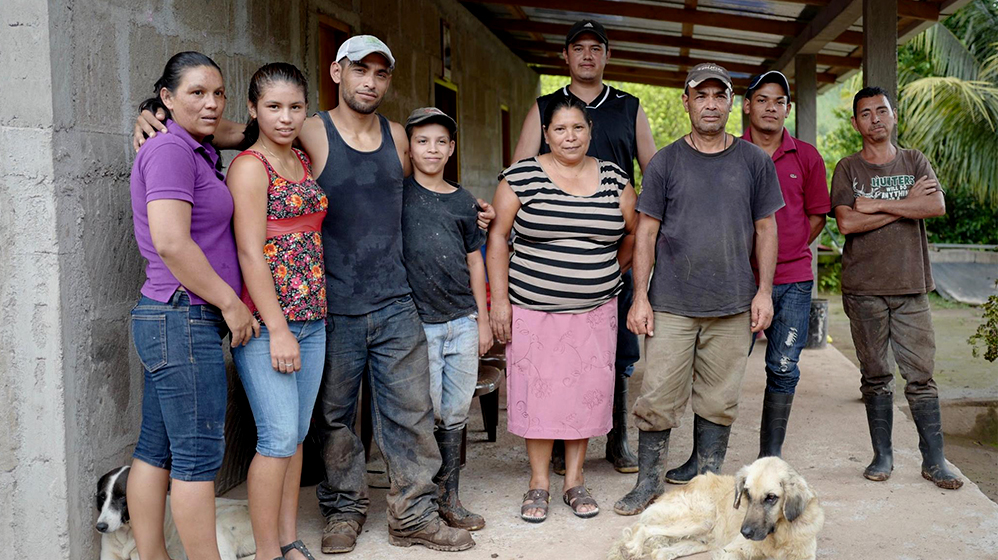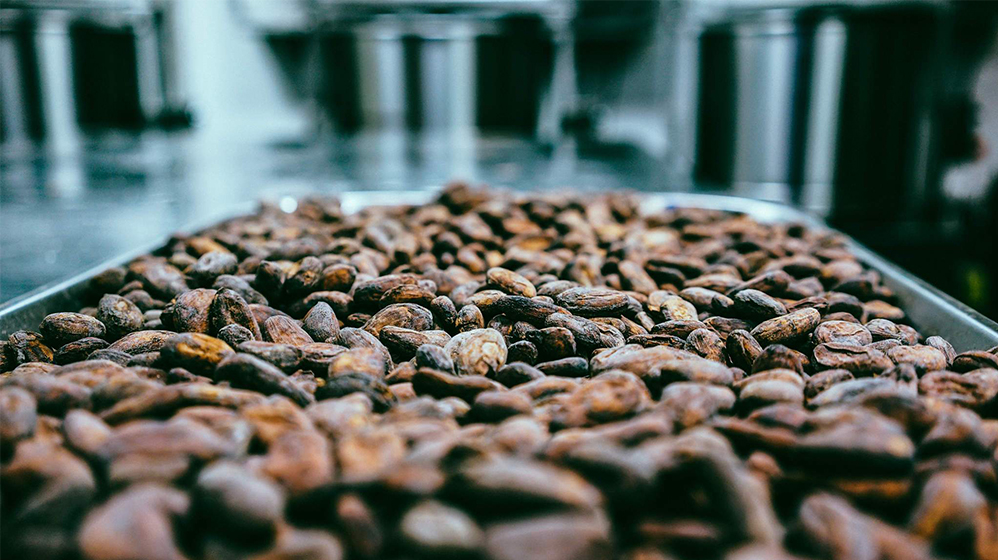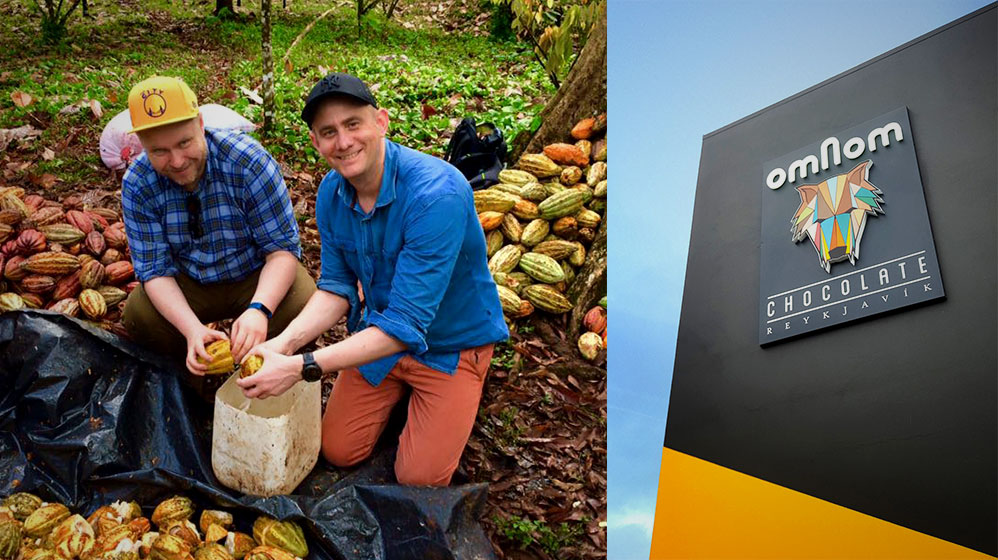
24 Mar FROM NICARAGUA TO BAR | OMNOM CHOCOLATE
FROM NICARAGUA TO BAR | OMNOM CHOCOLATE
Last March, our great friends Kjartan Gíslason and Óskar Þórðarson -founders of Omnon Chocolate in Iceland- visited Nicaragua’s amazing cocoa plantations, met our esteemed farmers and discovered how we produce our cocoa. Here’s their story:
From the first sample of cocoa beans from Nicaragua, we were intrigued. We tested 6 distinct varieties of cacao native to the wild rainforests and chose the one that stood out the most. The diversity of the area translates to complexity and depth of flavour in the bean, and further to Omnom’s two new bars.
We approach everything first with quality and flavor. If it’s not good enough to devour, we won’t use it. If it exceeds our expectations for flavor, we look for a story to back it up. With Nicaragua, we were so intrigued both that we took a trip to see it first hand. Three flights from Reykjavik and some bumpy roads later, we found ourselves at origin. Included here is information about the trip, the new bars, and the people behind the cacao.
Raw Cacao Bean Taste Notes: Passion fruit, coffee, pineapple, kiwi, tannic

73% Dark Taste Notes
A deep, earthy character is forefront reminiscent of mushrooms, rye bread, and tannic red wines
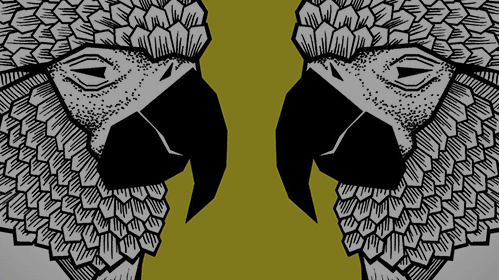
50% Milk Taste Notes
Milky-smooth like a ganache or fudge with hints of dried cherries and walnuts
Omnom’s First Sourcing Trip
What does sourcing mean? Why is it important?
Most simply, sourcing means finding inputs or ingredients. We need cocoa to make chocolate, but there’s much more to it than the purchase. Our approach to sourcing encompases our core values of sustainability and transparency.
The largest impact Omnom and cacao farmers can make on each other is through communication. In order to improve top line sustainability issues at origin, small objectives must be in place with reliable, trusting relationships. Our goal in visiting the Ingemann team in Nicaragua was not just to learn about the cacao growing process, but to contribute to it directly and plan for a bigger impact over time.
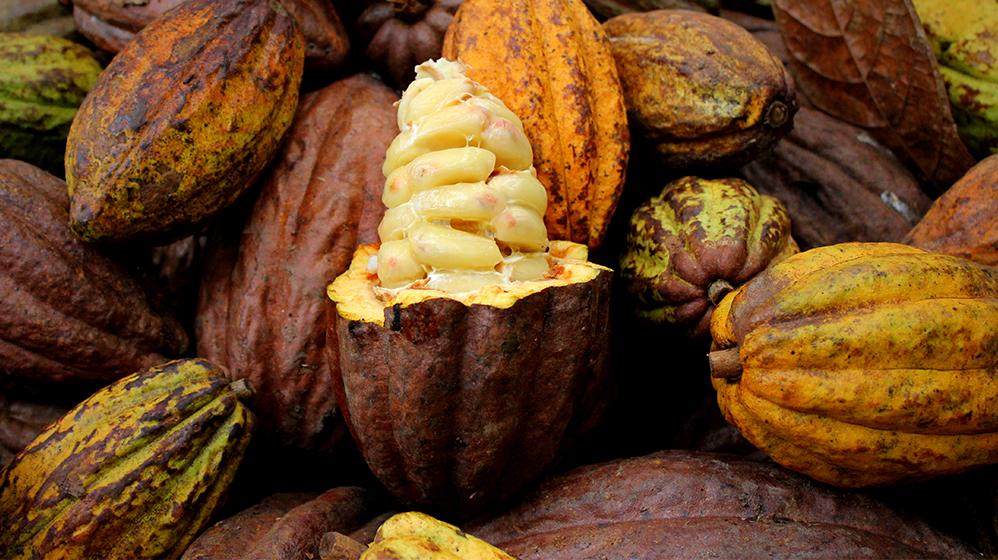
O´PAYO ™
Of the 9 cacao varietals Ingemann purchases from their farmers, we found O’Payo ™ most interesting. “O” comes from its organic certification and Payo from the route Ingemann takes for wet cacao mass collection in the area. This bean is cultivated from only about 70 growers in an organic certified co-operative. Almost all of the cacao that Ingemann works with comes from ancient Nicaraguan trinitario trees.
Logistics
Our beans begin far away from town in thick bush of rainforest. The scope and size of the journey they take from there is unimaginable without following along on the ground.
Typically, pods are harvested from the cacao trees the day before pickup. Early in the morning the following day, the farmers crack open the pods and scoop out the wet cacao beans and pulp. The wet mass is then collected into bags and carried to the pickup point.
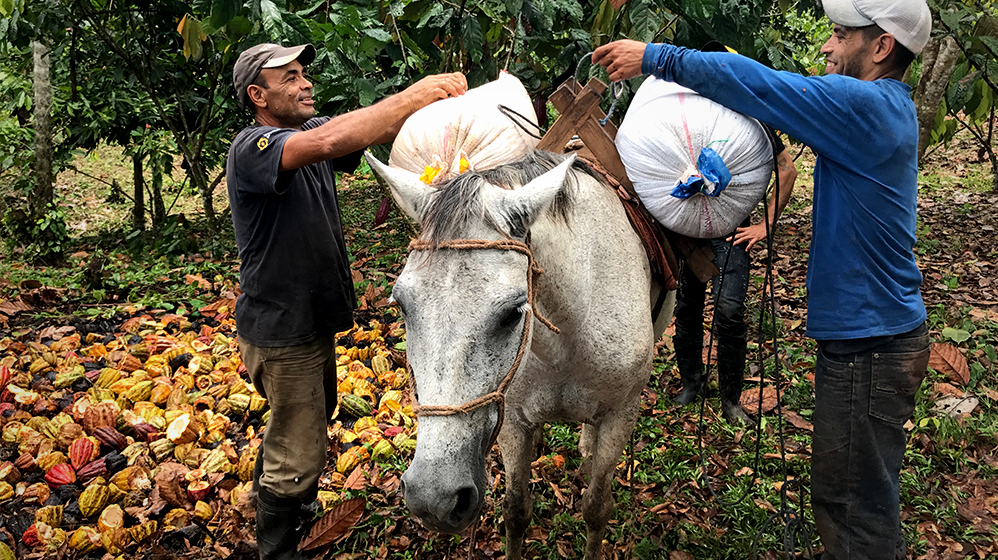
The People
Our guide for the trip was Margaux, Ingemann’s Sales & Marketing Representative. She introduced us to farmers, their families, employees of the fermentary, drivers, transporters, and quality testers. We met children of the farmers who were helping out by tracking the weather or counting the harvest for the day. Although cliché, the moments we remember most vividly from the trip are those of spending time with them and drinking coffee in their kitchens.

Social & Economic Impact
On the grand scale, Omnom isn’t a large buyer of Nicaragua’s cocoa export. We work directly with only one producer to buy about 2 metric tons for the year.
It may seem like a lot of cocoa beans when it’s in the factory, but it’s really a small percentage of Ingemann’s annual 130 metric ton production. However, our purchase improves the consistency Nicaraguan cacao farmers need to thrive.
We focus our efforts on building a consistent and transparent alliance with Ingemann so they can extend that good will to their farmers. If the farmer is paid in full regularly, it gives them the opportunity to focus on improving the farm renewably. As an added benefit, they also receive assistance from Ingemann to learn basic accounting practices, how to graft seedlings, and increase yields sustainably over time.
Quick Facts About the Bean
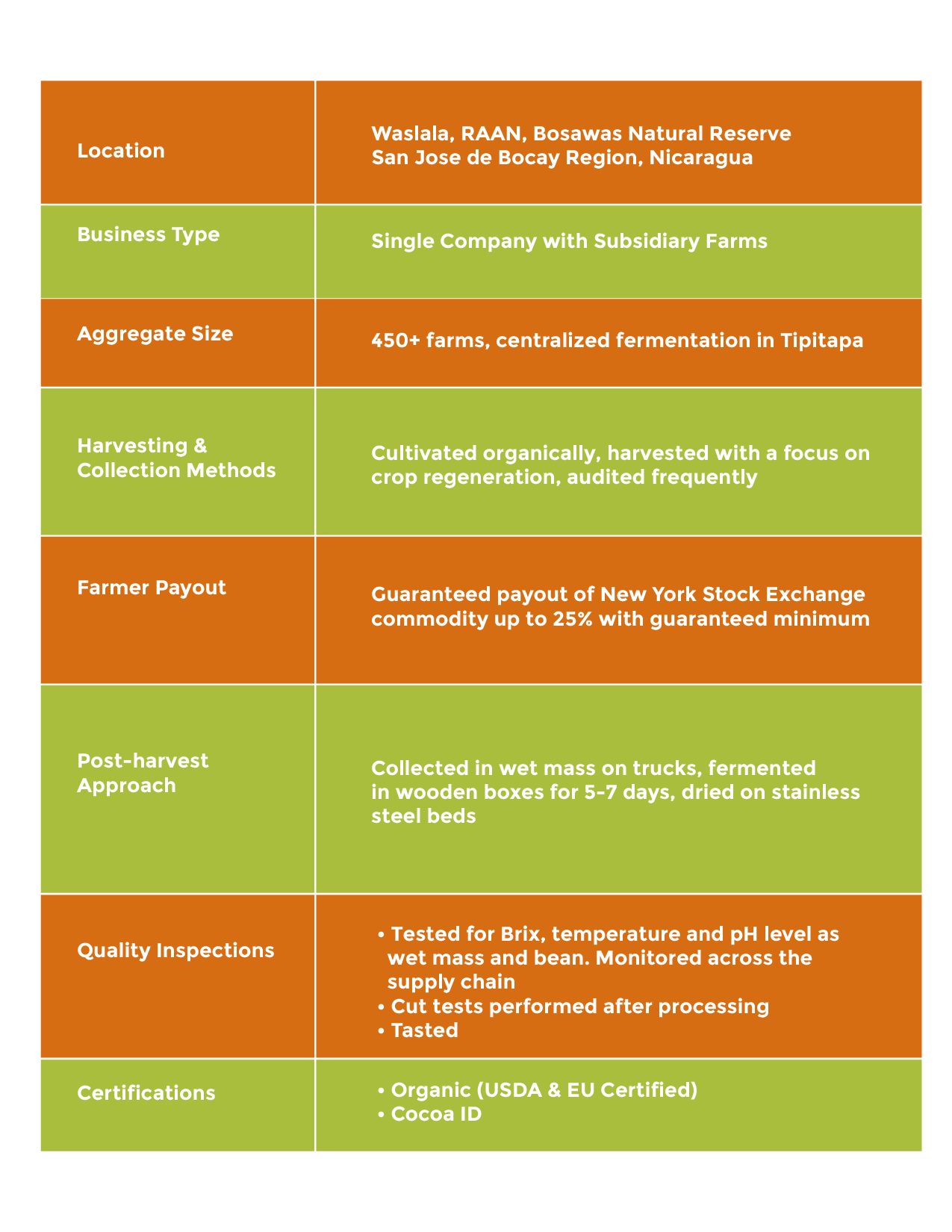
What We Learned
Our visit to Nicaragua solidified our philosophy for fine flavor cacao: sourcing with intention, committing to an ethical & stable relationship, and building better buying practices. In turn, we hope we can translate the value of the cacao these farmers grow to a meticulously made bar for our customers. The bottom line is: when we work together, chocolate quality is better .
The Details of Sustainability
Goal #1 is traceability. Since Omnom was founded, we’ve always focused on authenticity. Our core values reflect our desire to make quality chocolate, with the proof to back it up. This starts with tracking down where our ingredients come from.
Syncronized cacao pod throwing 😀👋 #darkchocolate #singleorigin #nicaragua🇳🇮 #syncronizedswimming
Una publicación compartida por Omnom Chocolate (@omnomchocolate) el
From there, we can vett the source and look at areas for development. Quality is the firstassessment, but an integral piece of our evaluation is looking for areas we can improve on together.
Goal #2 is building trusting relationships. With thoughtful and empathetic communication, we can improve the supply chain on multiple levels and make a better product. This translates to a lot of paperwork and hoops to jump through, but it solidifies the direct relationship we want to build. Good chocolate begins with good cacao, and good cacao begins with good people.
Goal #3 is progress. With these practices in action, we hope to create tangible and measurable change within supply chains like Nicaragua. Sourcing and sustainability work never stops; it’s a continuous process that needs attention on a regular basis. As always, we welcome feedback from any point in the process.
